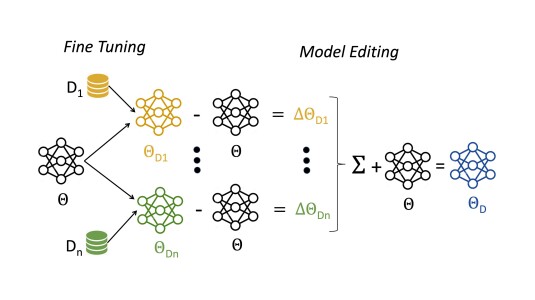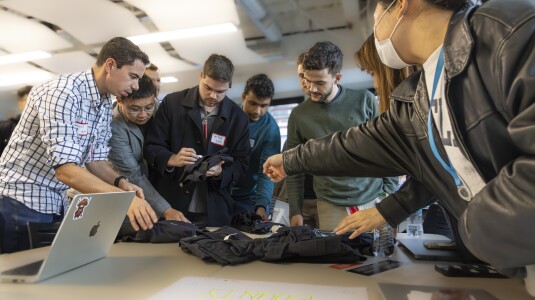Meta-learning via language model in-context tuning
2022
The goal of meta-learning is to learn to adapt to a new task with only a few labeled examples. Inspired by the recent progress in large language models, we propose in-context tuning (ICT), which recasts task adaptation and prediction as a simple sequence prediction problem: to form the input sequence, we concatenate the task instruction, labeled in-context examples, and the target input to predict; to metatrain the model to learn from in-context examples, we fine-tune a pre-trained language model (LM) to predict the target label given the input sequence on a collection of tasks. We benchmark our method on two collections of text classification tasks: LAMA and BinaryClfs. Compared to MAML which adapts the model through gradient descent, our method leverages the inductive bias of pre-trained LMs to perform pattern matching, and outperforms MAML by an absolute 6% average AUC-ROC score on BinaryClfs, gaining more advantage with increasing model size. Compared to non-fine-tuned in-context learning (i.e. prompting a raw LM), in-context tuning meta-trains the model to learn from in-context examples. On BinaryClfs, ICT improves the average AUC-ROC score by an absolute 10%, and reduces the variance due to example ordering by 6x and example choices by 2x.
Research areas




